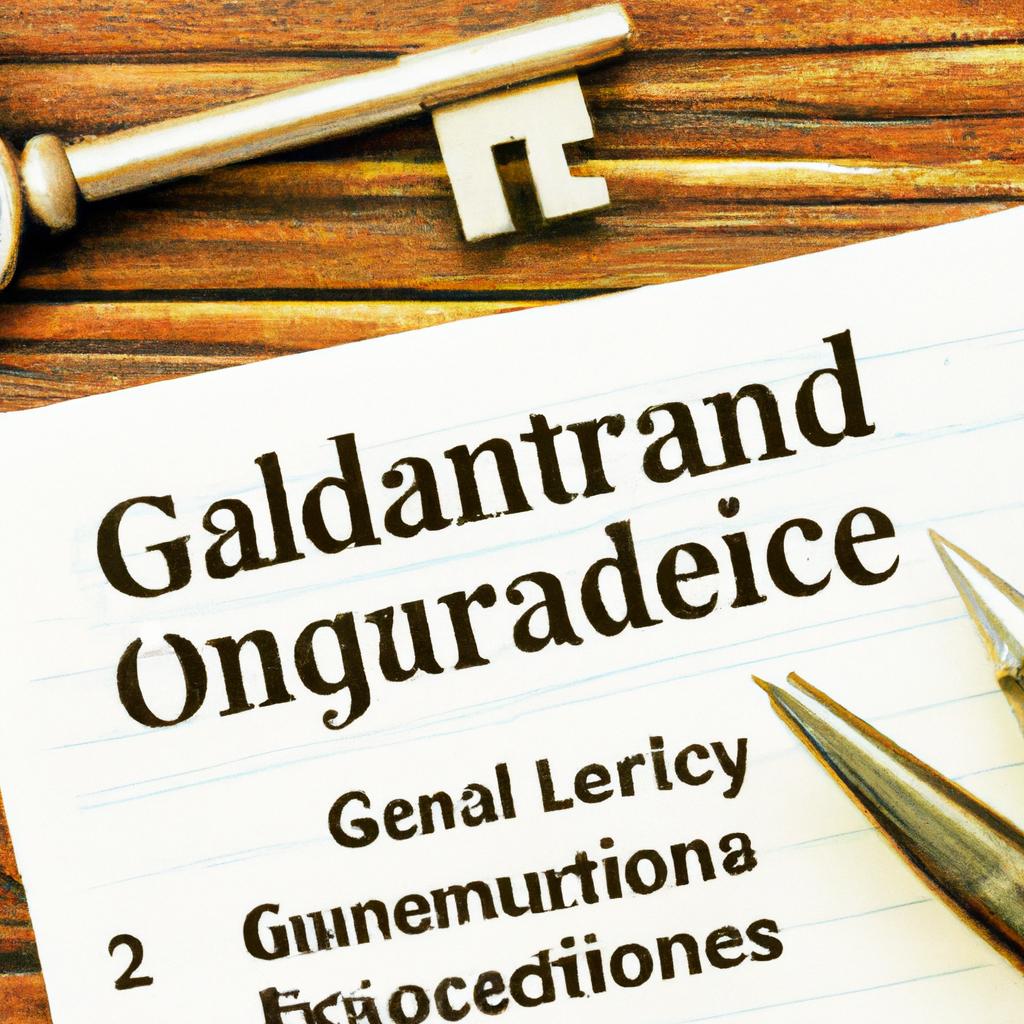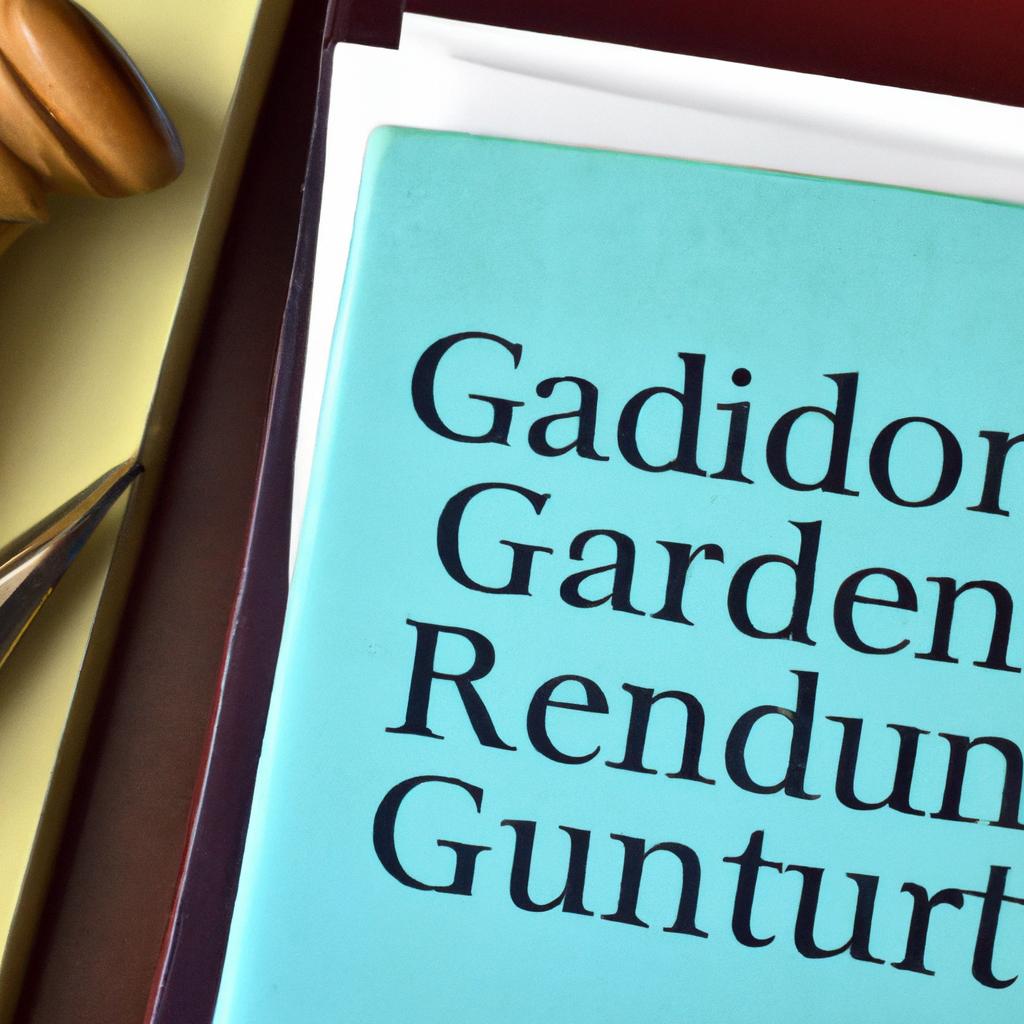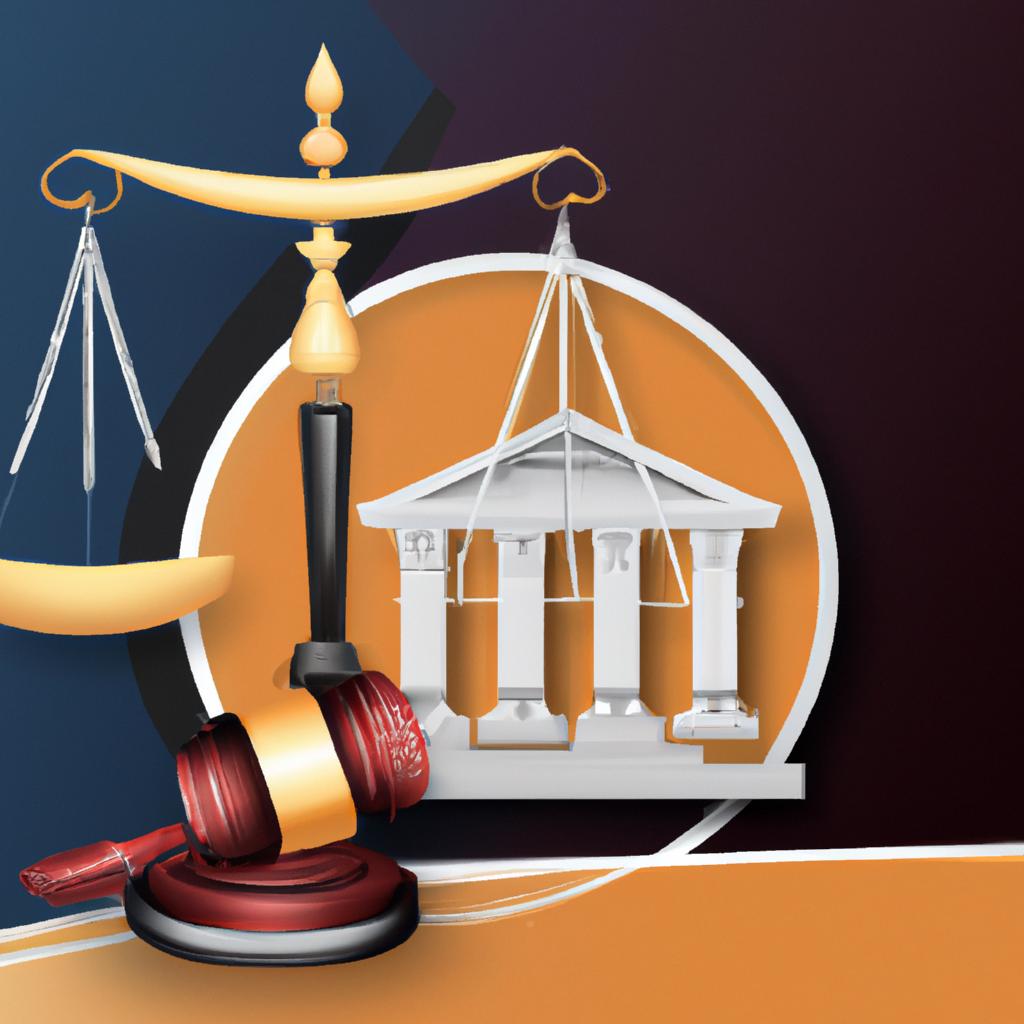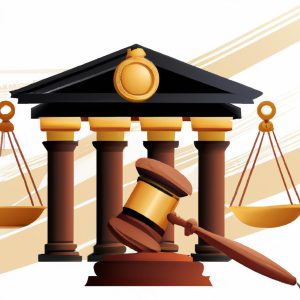Navigating the legal waters of child custody and guardianship can often feel like walking through a maze without a map. As experienced legal professionals at Morgan Legal Group in New York City, we understand the complexities of these legal concepts and aim to provide clarity for individuals seeking to understand the key differences between legal guardianship and custody. In this article, we will delve into the nuances of these legal terms, shedding light on the rights and responsibilities that accompany each role. Let us guide you through the intricacies of the law, ensuring that you are well-informed and empowered to make decisions that are in the best interests of your loved ones.
Understanding the Distinctions: Legal Guardianship vs Custody
When it comes to legal matters involving children, it is crucial to understand the distinctions between legal guardianship and custody. While both terms refer to the care and responsibility of a child, there are key differences that must be recognized.
Legal guardianship is a legal relationship between a child and a guardian that is appointed by the court. The guardian is responsible for making important decisions on behalf of the child, such as healthcare, education, and overall well-being. On the other hand, custody refers to the physical care and control of the child. This includes providing a home, food, clothing, and day-to-day care. It is important to note that custody can be shared between parents, whereas legal guardianship is typically granted to a non-parent individual.

Key Factors in Legal Guardianship
In legal terms, the key factors that differentiate legal guardianship from custody lie in the responsibilities and rights granted to the guardian or custodian. While both legal guardianship and custody involve caring for a minor child, legal guardianship typically grants the guardian broader authority over the child’s well-being and assets than custody does. This authority can include making decisions about the child’s education, healthcare, finances, and overall welfare.
Another key factor in legal guardianship is the duration of the arrangement. Legal guardianship is often established for an extended period, sometimes until the child reaches adulthood, whereas custody arrangements can be more temporary and may be subject to modification or termination based on changing circumstances. Ultimately, the primary distinction between legal guardianship and custody is the scope of authority and responsibility granted to the guardian or custodian, with legal guardianship generally providing more comprehensive decision-making power and oversight.

Important Considerations for Custody Arrangements
When it comes to child custody arrangements, it is crucial to understand the differences between legal guardianship and custody. While both involve the care and responsibility for a child, there are key distinctions that can impact the rights and responsibilities of the parties involved.
- Legal Guardianship: This arrangement typically involves a non-biological parent or caregiver who is granted legal authority to make decisions on behalf of a child. Legal guardianship may be temporary or permanent and can be granted by a court or through a legal document.
- Custody: Custody refers to the physical care and control of a child. There are two types of custody - physical custody, which pertains to where the child lives, and legal custody, which involves making important decisions regarding the child’s upbringing. Custody arrangements can be joint, where both parents share responsibilities, or sole, where one parent has primary custody.

Guidelines for Establishing and Navigating Legal Guardianship and Custody Arrangements
Legal guardianship and custody arrangements are important legal processes that determine who has the legal authority to make decisions for a minor child. While both concepts involve caring for a child’s well-being, there are key differences between legal guardianship and custody that individuals should be aware of.
Legal guardianship typically involves a non-parent assuming legal responsibility for a child, whereas custody arrangements usually refer to the rights and responsibilities of parents in relation to their child. When establishing legal guardianship, it is important to consider factors such as the child’s best interests, the ability of the guardian to provide care, and the wishes of the child if they are old enough to express them.
Q&A
Q: What is the difference between legal guardianship and custody?
A: Legal guardianship refers to a situation where a person is appointed by a court to care for a minor or individual who is deemed incapable of caring for themselves. Custody, on the other hand, typically refers to the rights and responsibilities of a parent to make decisions for their child and provide for their well-being.
Q: Can a legal guardian make decisions for a child like a custodial parent?
A: Yes, a legal guardian can make important decisions on behalf of a child, similar to a custodial parent. However, the extent of their decision-making authority may vary depending on the specific terms of the guardianship arrangement.
Q: Does legal guardianship always involve taking physical care of a child like custody does?
A: Not necessarily. Legal guardianship can involve providing financial support and making decisions for a child without necessarily providing physical care. Custody, on the other hand, typically involves physical care and day-to-day responsibilities for the child.
Q: Can a parent have custody and a legal guardian at the same time?
A: It is possible for a parent to have custody of a child while also appointing a legal guardian to assist with decision-making or other responsibilities. In such cases, the specific roles and responsibilities of the custody arrangement and legal guardianship would need to be clearly defined.
In Retrospect
In conclusion, while both legal guardianship and custody involve the responsibility of caring for a child, they have distinct differences that should not be overlooked. Understanding these differences is crucial for anyone navigating the complex world of family law. By clarifying the roles and rights associated with each, we can better protect the well-being of the children involved and ensure that their best interests are always at the forefront. Thank you for taking the time to explore this important topic with us.












